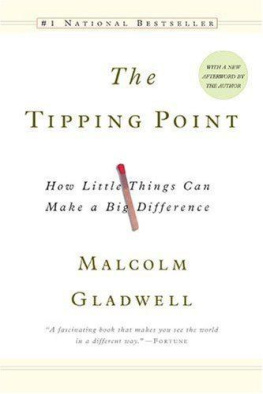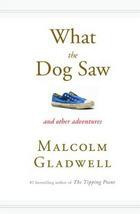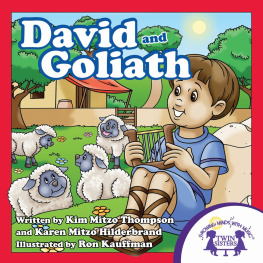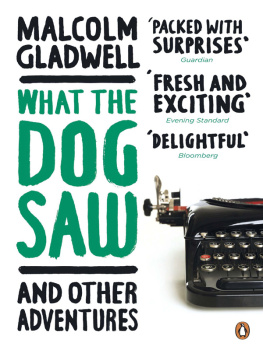For A.L. and for S.F., a real underdog
But the Lord said to Samuel, Do not look on his appearance or on the height of his stature, because I have rejected him; for the Lord does not see as mortals see; they look on the outward appearance, but the Lord looks on the heart.
Am I a dog that you should come to me with sticks?
1.
At the heart of ancient Palestine is the region known as the Shephelah, a series of ridges and valleys connecting the Judaean Mountains to the east with the wide, flat expanse of the Mediterranean plain. It is an area of breathtaking beauty, home to vineyards and wheat fields and forests of sycamore and terebinth. It is also of great strategic importance.
Over the centuries, numerous battles have been fought for control of the region because the valleys rising from the Mediterranean plain offer those on the coast a clear path to the cities of Hebron, Bethlehem, and Jerusalem in the Judaean highlands. The most important valley is Aijalon, in the north. But the most storied is the Elah. The Elah was where Saladin faced off against the Knights of the Crusades in the twelfth century. It played a central role in the Maccabean wars with Syria more than a thousand years before that, and, most famously, during the days of the Old Testament, it was where the fledgling Kingdom of Israel squared off against the armies of the Philistines.
The Philistines were from Crete. They were a seafaring people who had moved to Palestine and settled along the coast. The Israelites were clustered in the mountains, under the leadership of King Saul. In the second half of the eleventh century BCE, the Philistines began moving east, winding their way upstream along the floor of the Elah Valley. Their goal was to capture the mountain ridge near Bethlehem and split Sauls kingdom in two. The Philistines were battle-tested and dangerous, and the sworn enemies of the Israelites. Alarmed, Saul gathered his men and hastened down from the mountains to confront them.
The Philistines set up camp along the southern ridge of the Elah. The Israelites pitched their tents on the other side, along the northern ridge, which left the two armies looking across the ravine at each other. Neither dared to move. To attack meant descending down the hill and then making a suicidal climb up the enemys ridge on the other side. Finally, the Philistines had enough. They sent their greatest warrior down into the valley to resolve the deadlock one on one.
He was a giant, six foot nine at least, wearing a bronze helmet and full body armor. He carried a javelin, a spear, and a sword. An attendant preceded him, carrying a large shield. The giant faced the Israelites and shouted out: Choose you a man and let him come down to me! If he prevail in battle against me and strike me down, we shall be slaves to you. But if I prevail and strike him down, you will be slaves to us and serve us.
In the Israelite camp, no one moved. Who could win against such a terrifying opponent? Then, a shepherd boy who had come down from Bethlehem to bring food to his brothers stepped forward and volunteered. Saul objected: You cannot go against this Philistine to do battle with him, for you are a lad and he is a man of war from his youth. But the shepherd was adamant. He had faced more ferocious opponents than this, he argued. When the lion or the bear would come and carry off a sheep from the herd, he told Saul, I would go after him and strike him down and rescue it from his clutches. Saul had no other options. He relented, and the shepherd boy ran down the hill toward the giant standing in the valley. Come to me, that I may give your flesh to the birds of the heavens and the beasts of the field, the giant cried out when he saw his opponent approach. Thus began one of historys most famous battles. The giants name was Goliath. The shepherd boys name was David.
2.
David and Goliath is a book about what happens when ordinary people confront giants. By giants, I mean powerful opponents of all kindsfrom armies and mighty warriors to disability, misfortune, and oppression. Each chapter tells the story of a different personfamous or unknown, ordinary or brilliantwho has faced an outsize challenge and been forced to respond. Should I play by the rules or follow my own instincts? Shall I persevere or give up? Should I strike back or forgive?
Through these stories, I want to explore two ideas. The first is that much of what we consider valuable in our world arises out of these kinds of lopsided conflicts, because the act of facing overwhelming odds produces greatness and beauty. And second, that we consistently get these kinds of conflicts wrong. We misread them. We misinterpret them. Giants are not what we think they are. The same qualities that appear to give them strength are often the sources of great weakness. And the fact of being an underdog can change people in ways that we often fail to appreciate: it can open doors and create opportunities and educate and enlighten and make possible what might otherwise have seemed unthinkable. We need a better guide to facing giantsand there is no better place to start that journey than with the epic confrontation between David and Goliath three thousand years ago in the Valley of Elah.
When Goliath shouted out to the Israelites, he was asking for what was known as single combat. This was a common practice in the ancient world. Two sides in a conflict would seek to avoid the heavy bloodshed of open battle by choosing one warrior to represent each in a duel. For example, the first-century BCE Roman historian Quintus Claudius Quadrigarius tells of an epic battle in which a Gaul warrior began mocking his Roman opponents. This immediately aroused the great indignation of one Titus Manlius, a youth of the highest birth, Quadrigarius writes. Titus challenged the Gaul to a duel:
He stepped forward, and would not suffer Roman valour to be shamefully tarnished by a Gaul. Armed with a legionarys shield and a Spanish sword, he confronted the Gaul. Their fight took place on the very bridge [over the Anio River] in the presence of both armies, amid great apprehension. Thus they confronted each other: the Gaul, according to his method of fighting, with shield advanced and awaiting an attack; Manlius, relying on courage rather than skill, struck shield against shield and threw the Gaul off balance. While the Gaul was trying to regain the same position, Manlius again struck shield against shield and again forced the man to change his ground. In this fashion he slipped under the Gauls sword and stabbed him in the chest with his Spanish blade.After he had slain him, Manlius cut off the Gauls head, tore off his tongue and put it, covered as it was with blood, around his own neck.
This is what Goliath was expectinga warrior like himself to come forward for hand-to-hand combat. It never occurred to him that the battle would be fought on anything other than those terms, and he prepared accordingly. To protect himself against blows to the body, he wore an elaborate tunic made up of hundreds of overlapping bronze fishlike scales. It covered his arms and reached to his knees and probably weighed more than a hundred pounds. He had bronze shin guards protecting his legs, with attached bronze plates covering his feet. He wore a heavy metal helmet. He had three separate weapons, all optimized for close combat. He held a thrusting javelin made entirely of bronze, which was capable of penetrating a shield or even armor. He had a sword on his hip. And as his primary option, he carried a special kind of short-range spear with a metal shaft as thick as a weavers beam. It had a cord attached to it and an elaborate set of weights that allowed it to be released with extraordinary force and accuracy. As the historian Moshe Garsiel writes, To the Israelites, this extraordinary spear, with its heavy shaft plus long and heavy iron blade, when hurled by Goliaths strong arm, seemed capable of piercing any bronze shield and bronze armor together. Can you see why no Israelite would come forward to fight Goliath?










